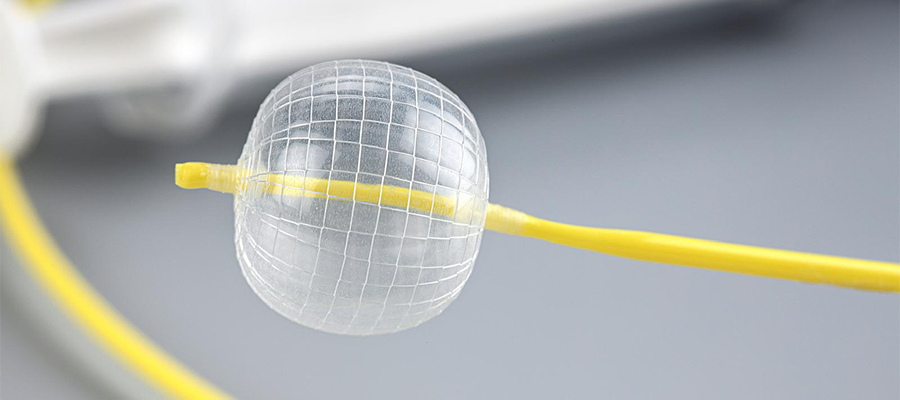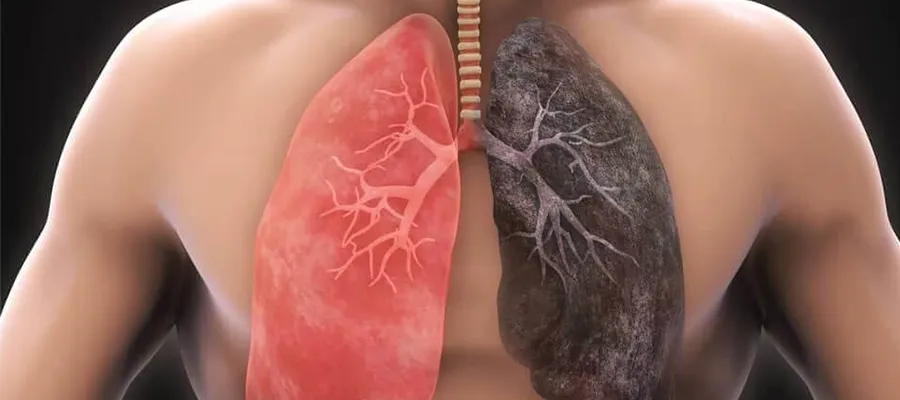Is Inflating a Balloon Good for the Lungs?
The question of whether balloon inflation is beneficial for the lungs has become a frequently asked question in recent years, particularly among those who have drawn attention to the balloon inflation method as a breathing exercise that can be done at home. While it may seem like a relatively simple physical process, the answer to the question of whether balloon inflation is beneficial for the lungs is based on scientific explanations encompassing numerous physiological processes, from breathing capacity and respiratory muscle function to diaphragm control and oxygen exchange.
Balloon inflation is a type of exercise used to increase lung volume and strengthen respiratory muscles by increasing lung capacity. It is particularly useful for individuals with asthma, COPD, or impaired respiratory capacity. However, it may not be effective for everyone and should be performed with caution.
Basic Effects of Balloon Inflation on the Lungs
The act of blowing a balloon is a type of breathing exercise that forces the lungs from passive to active. During this exercise, the person takes a deep breath, using their lungs to their full capacity, and then exhales forcefully and in a controlled manner. This movement produces several physiological effects:
Lung capacity increases.
Respiratory muscles (especially the diaphragm) are strengthened.
Air exchange in the lungs increases.
Breathing control improves.
Rib cage mobility increases.
Blood circulation and oxygenation balance improves.
All of these effects can have very positive results, especially for individuals who are sedentary or have weakened respiratory function. However, this exercise must be done regularly and adhered to a specific program.
In Which Situations Is Balloon Inflation Exercise Recommended?
Balloon inflation exercises are not a medical treatment, but they can be recommended as a supportive technique for individuals struggling with various respiratory problems. Balloon inflation exercises may be particularly beneficial in the following situations:
Chronic lung diseases such as asthma, COPD or bronchitis
In cases where the lungs need to be restarted after surgery
After long periods of inactivity (e.g. during periods of illness spent in bed)
In elderly individuals with reduced lung capacity
In training used by athletes to increase their respiratory capacity
In artistic activities such as music or theater that require breath control
However, since each individual’s health condition is different, it is recommended to seek the advice of a specialist before starting the balloon inflation exercise.
What are the benefits of blowing balloons?
The effects of balloon inflation on the lungs can be visibly noticeable in some cases. Especially when practiced regularly, various positive changes can be achieved in the respiratory system. The main benefits of balloon inflation can be summarized as follows:
Increases lung capacity: Since it requires taking deep breaths and blowing out strongly, it enables the alveoli (air sacs) to work more actively.
Strengthens the diaphragm muscle: It helps the lower lungs work more, which makes breathing easier.
Reduces shortness of breath: It provides relief, especially in COPD patients, when applied in the form of controlled breathing exercises.
Improves respiratory control: Provides more efficient breathing during speaking, singing or sports.
Reduces stress: Controlled breathing exercises promote relaxation and provide psychological relief.
Facilitates phlegm removal: Increased lung function helps loosen mucus and make it easier to expel.
In order to feel these benefits, exercise must be done at regular intervals, in a controlled manner and consciously.
How to Do the Balloon Blowing Exercise?
While the balloon-blowing exercise may seem simple, it can be ineffective or cause unnecessary strain if not performed with the correct technique. Therefore, it is recommended to follow the steps below:
Be in a quiet and well-ventilated environment.
Sit upright, your back should be supported.
Take a deep breath through your nose.
Place the balloon in your mouth and exhale slowly but forcefully.
Inflate the balloon in a controlled manner, not all at once.
You can do this exercise 1-2 sets a day, 5-10 repetitions.
If you wish, you can gradually increase your lung capacity by increasing the balloon size each day. However, if you experience any dizziness, chest pain, or extreme fatigue, you should stop exercising immediately.
Is there any harm in blowing up a balloon?
If performed consciously and with the correct technique, balloon blowing is generally harmless. However, there are situations that can pose risks for some individuals. For example:
Those with serious heart disease
Individuals with uncontrolled hypertension
Patients who tire easily and feel palpitations while breathing
Those with aortic aneurysm or similar vascular diseases
In such cases, exercises that involve breathing pressure, such as balloon inflation, can be dangerous. Therefore, individuals with a history of respiratory or cardiovascular disease are advised to consult a doctor before beginning exercise.
Does Balloon Inflation Exercise Improve Lung Capacity?
Yes, balloon inflation exercise can improve lung capacity when practiced regularly. However, this improvement depends on a person’s age, health, frequency of exercise, and initial capacity. The increase in lung capacity isn’t felt immediately, but after a few weeks of regular exercise:
Breathe easier
Less fatigue when climbing stairs
Less breathlessness when talking or exercising
Results such as increased sleep quality can be seen.
These improvements are directly related to increased lung flexibility and working volume. However, this exercise is only a supportive measure and not a medical treatment.
Who is Not Suitable for Balloon Blowing Exercise?
Balloon blowing exercises may not be suitable for everyone. This exercise can pose serious risks, especially for people with certain health conditions. Below are some situations where you should avoid balloon blowing exercises:
Individuals with heart failure
Patients experiencing uncontrolled asthma attacks
Those who feel chest pain while breathing
End-stage COPD patients
Those who have recently undergone surgery and are in the recovery process
Pregnant women (as it may create high intra-abdominal pressure)
Patients with high blood pressure
In such cases, decisions should be made under the supervision of a doctor. Otherwise, this seemingly simple exercise could have serious consequences.
Who Should Practice Balloon Blowing Exercise Regularly?
Below are the items listed for people who are recommended to do the balloon blowing exercise regularly:
Elderly individuals who want to increase their respiratory capacity
Those with chronic respiratory diseases such as COPD and asthma
People who have quit smoking and want to strengthen their lungs
Patients who have been bedridden for a long time or who want to regain lung function after surgery
Those who have professions that require diaphragm control (singers, theater actors, etc.)
Athletes and those who want to improve their breathing capacity
Doing this exercise regularly can make breathing easier and oxygen use more efficient over time.
Does the Balloon Blowing Exercise Really Work?
Balloon blowing exercise is a scientifically proven method that produces some positive results. However, its effectiveness depends on the individual’s health, practice schedule, and other contributing factors. While it may not produce the same results for everyone, it is certainly a cost-effective and practical method for improving breathing control, exercising respiratory muscles, and increasing lung capacity.
It has a high potential to have a positive impact, particularly in individuals with COPD, asthma, and sedentary lifestyles. However, it’s important to remember that exercise is not a substitute for medical treatment and is safer when performed under the supervision of a physician.
How Much Does Balloon Inflation Exercise Cost?
Balloon inflation is quite cost-effective because it doesn’t require any medical equipment. It can be easily performed at home. However, if the exercise is performed with professional support as part of a physiotherapy or rehabilitation program, prices may vary depending on the quality of the center, the specialist’s experience, and the duration of the program. Contact us today for pricing on whether balloon inflation is beneficial for the lungs.








